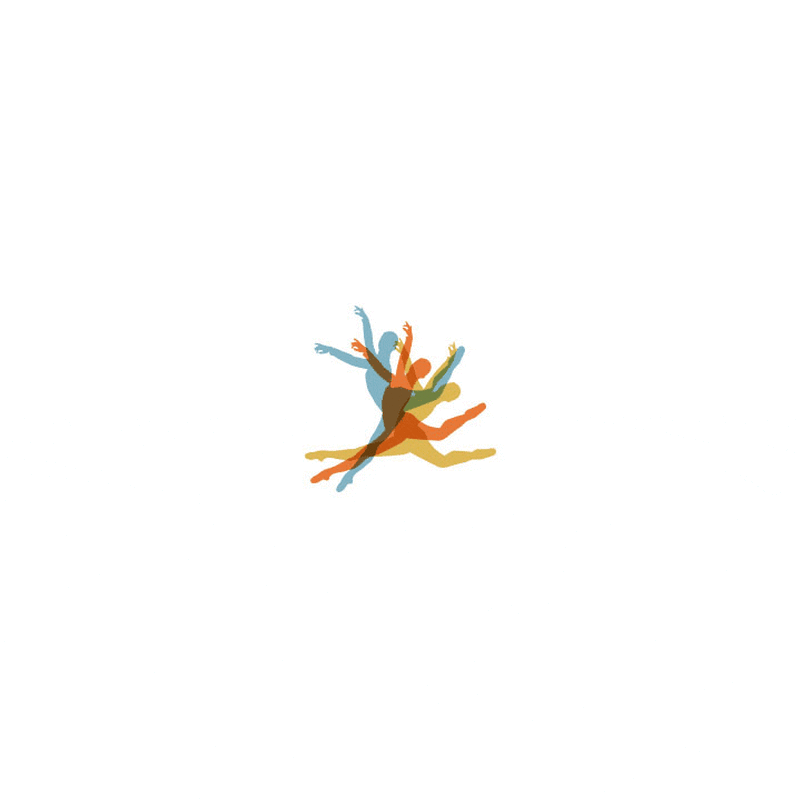Artistic director Pugh discusses all the global inspirations behind World Wonders
Some of the most fascinating, provoking and inspirational art comes to us with cultural open-mindedness and curiosity at its best. It frequently has at its base a collision, a melding, or an investigation of these culture-crossing meetings. Each work within World Wonders can be examined and experienced through this lens.
In Rafael Ferreras’ Politics, 17th-century German undergirds 20th-century liberated women in Memphis, choreographed by a ballet dancer whose background includes growing up on a farm in the Dominican Republic and keeping up a hectic life in New York City before finally settling in Memphis. I can’t help but think that Johann Sebastian Bach could not have imagined that his work would ever be part of the musical choice for a women’s pointe-work piece with both classically trained ballerinas and hip-hop women jookers.
When conceiving Politics, Rafael considered how women relate and found that how they approach each other interested him. Raphael has said that it’s “a kind of office setting, where … there are sets of rules, a politics in motion. In ballet as well as in hip-hop, there are sets of ways women approach their footwork, especially. Sometimes the rules become barriers to how you relate to each other; there can be a makeshift wall put around the self.” That tension is what this work is about. “At the end,” Raphael tells us, “I want the wall to come down.”
Next, in presenting Flower Festival in Genzano, a Classical period pas de deux, and Don Quixote, a Romantic period pas de deux, we glimpse cultural fusion once again. Japanese-born Hideko Karasawa and New York City-born Kendall Britt represented the U.S. when performing Flower Festival in Genzano in Tokyo this past July.
Its choreographer, August Bournonville, lived in 19th-century Denmark, and the music is by Danish composers as well. The theme is from Bournonville’s ballet Napoli, which was influenced by his travels in Italy, and was based on a story from Impressions de Voyage by French writer Alexandre Dumas. Bournonville’s work was an important revolution in ballet history, as he set his stages with real characters of all ages and classes, not just the heretofore standards of most royal fairy tales.
The Don Quixote pas de deux is choreographed after the Russian Marius Petipa, with music composed by Austrian Ludwig (Leon) Minkus. It is based on a story by Spaniard Miguel de Cervantes. Our Virginia Pilgrim, raised in the Ballet Memphis School, performs this Spanish-style classical work in the role of Kitri, after having been a Nutcracker Sugar Plum Fairy in December at The Orpheum.
Virginia loves the difference between the two characters. “Kitri is full of spunk, very human, a woman, not a noble royal fairy like Sugar Plum. She’s very playful and confident, and her conversations with Basilio often seem as if she has the upper hand.” Perhaps both of these works, coming from multiple and varied sources, might have survived through the years partly because they appeal to most people in the world, who can see parts of their human self readily.
Gabrielle Lamb is new to our roster of carefully selected Ballet Memphis choreographers. I was thrilled by her piece Manifold when I saw it in February 2013, as a judge at Milwaukee Ballet’s choreographic competition. Gabrielle is American, originally from Georgia, who currently lives in New York City. Her musical selection for Manifold is by American artists from Los Angeles and by a duo from Thessaloniki, Greece.
It is abstract, fluid and very grounded and sets forth an atmosphere that I found almost bewitching when I saw it. Gabrielle, in fact, told our female dancers that in a part of Manifold the women are conjuring up a spell, almost like witches. She also told Virginia and Travis Bradley that in their pas de deux, Travis is not trying to fix her but help heal her.
It is truly remarkable to me to think about women as witches—how women were tried and executed in the early years of our nation’s history. Even now, in other parts of the world, girls who want to become educated are defiled and sometimes killed. Gabrielle’s gentle and strong work is full of nuance and thought. It so aptly conveys that we have to work together to make it work.
We close with Matthew Neenan’s utterly exciting Water of the Flowery Mill, which he created for us for our last Connections: Food main course in 2011, and with which we closed the Spring to Dance Festival in St. Louis in 2012. Matthew lives in Philadelphia. His composer is Russia’s Peter I. Tchaikovsky, and his delightful dance piece is inspired by the émigré painter Arshile Gorky, Armenian born, whose family fled the Turkish government’s persecution of Armenians. Gorky’s colorful work is in the Metropolitan Museum of Art in New York City, and depicts the remains of an old mill and bridge on a river in Connecticut, the state in which Gorky ended up living.
If this performances is not a manifestation of how life-infusing open-mindedness and exploration are to the act of creativity, what in the world is? We have so much to gain by being aware of others and by celebrating what we all bring to life in a world of unlimited and wonderful differences.




